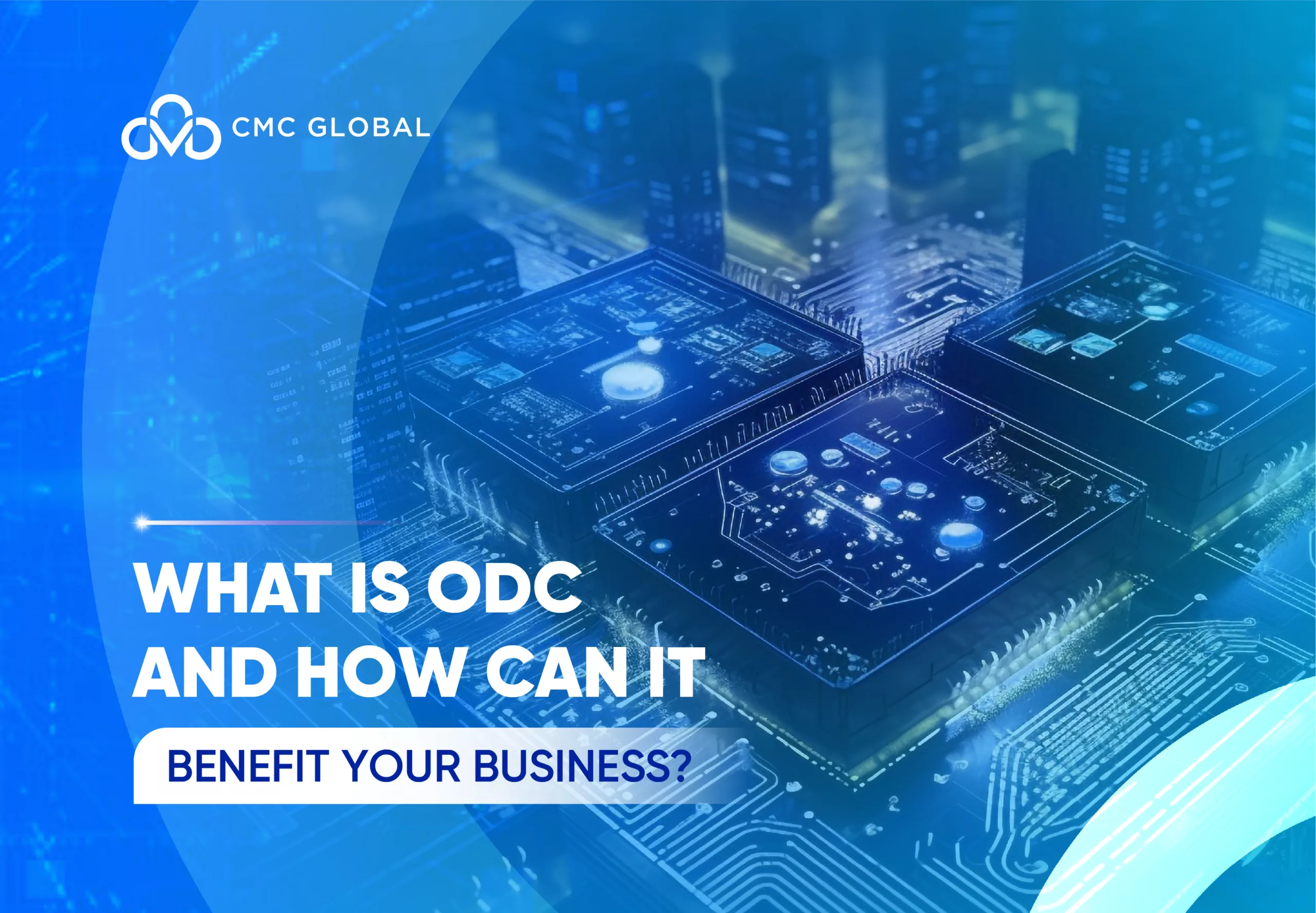The thought of outsourcing sparks when a company realizes that their inner resources are hard or impossible to fulfill the task or reach their goal, and starts searching for companies that offer a reasonable price, have all the needed tools as well as qualified staff to cope with the task within the stated time frame. But as for companies in search of an outsourcing service provider, the first thing to bear in mind is a clear and straightforward IT outsourcing strategy.
An outsourcing strategy is a plan to assign jobs for the IT outsourcing service provider as well as the organization’s internal IT department with inputs from many departments from the legal, operation, and human resources to the supply chain. Who should be in charge of this task? It’s no other than the business’s chief information officer (CIO).
But before starting thinking about those tasks, CIOs must define the right type of outsourcing they need to use:
- Professional Outsourcing: you choose this when your company lacks a particular kind of professional, let’s say 10 mobile app developers. So, you decide to outsource these mobile app professionals to fill in the gap and as a service provider with a huge pool of IT Talent, CMC Global has the capability to provide it to you.
- Multi-sourcing: this strategy includes IT outsourcing and other business functions, such as accountancy, HR, or admin.
- IT Outsourcing: IT outsourcing can vary from infrastructure, software development, maintenance, support, etc. Regardless of the size, small or large companies of all fields have IT needs (especially when COVID-19 is accelerating the need for digitalization all around the world).
- Manufacturer outsourcing: This is what Apple has been doing in China and Samsung has been doing in Vietnam: when you want to produce products under your brand at a lower cost, you might want to look for a company/manufacturer in a third-world country with all the necessary equipment and is capable of providing you services at a much lower cost.
- Project Outsourcing: when your company has too many projects to complete of them in time, you should look for a vendor to assign them the job.
To best manage the development team, especially the dedicated one, all businesses must plan out a clear and detailed blueprint of a comprehensive outsourcing approach. This ensures that the vendor fully understands their responsibility, day-to-day work load, and schedules, as well as better manages and maintains high service quality. However, knowing how to plan out and later on, execute those plans is another problem to be addressed. So today, CMC Global will help you pick 5 crucial steps to plan out an effective outsourcing strategy.
Read more: Different types of IT outsourcing you need to know
1. Outline detailed Project Goals

First, you first must establish what is the fundamental reason why your company (not just your IT department) outsources. Before deciding which to give your trust to, you must have a clear vision of what you want to achieve throughout this outsourcing project. From there, picture what winning will look like to you, and how can it affect your future state. A company with clear goals is one that is already ahead of the competition.
By knowing what your goals are at different stages of the project, you have the opportunity to take stock of a company’s actual outsourcing needs. For example, when a gaming/ software development firm is preparing for its next phase in product development, or planning to launch several projects that will require creative expertise or exceed the ability of their current employees to handle, the staff augmentation agencies can provide them with the skilled professionals in time.
Besides, measuring what is the most important based on your future state is a huge plus. From then on, your established baseline can be practical and measurable (which focuses on agility, value, cost, quality, etc.)
With the right goal, a firm can utilize its productivity while saving money by scaling up and down its dedicated team upon different phases or budgetary concerns dictate.
2. Prepare budget for the unexpected

According to the figure for information technology outsourcing (ITO) spending on Statista, this market has hit more than $62 billion in 2018. And with the impact of COVID-19, the IT outsourcing market will likely fluctuate over the next few years due to changes in the global economy and trends in IT usage. However, CIOs need to budget for different business scenarios that come from working with a staff augmentation model.
Hidden cost or unexpected costs are among the main culprits to explain why outsourcing fails. So when budgets are mapped out monthly, quarterly, and annually, companies can consider their present staff augmentation needs, but they’ll also need a budget for unexpected incidents such as unforeseen employee turnover, or new contracts that require more/less skilled labor.
For example, CMC Global – a reputable IT firm in Vietnam, with its large scale can help a company validate its supplemental staffing plan, and find the right balance between affordability and expected results while identifying the possible hidden costs for unexpected events. This capability helps the client quickly increase/decrease supplemental staff when needed, or on short notice.
3. Choose the right Outsourcing Model

There are several outsourcing engagement models for clients to choose from, including onsite, onshore, nearshore and offshore engagement models. Every model comes with its own benefits and risks, demanding the management team to have a clear requirement about the technical or creative expertise they need to add to match their specific staffing requirements.
4. Mitigate Outsourcing Risks

While outsourcing comes with several benefits, it also has its own downsides to be acknowledged and addressed. By understanding these, companies can reduce their financial exposure while boosting the efficiency of the outsourced project. Below are three main risks you may face:
Trust and Control
Before deciding which vendor to choose, CIOs should learn as much as they can about the vendor they are going to collaborate with. What clients should do is make sure they are comfortable with the vendor’s outsourcing methodologies by speaking with their previous customers, reading their case studies, and reading their blogs/news. These simple steps can help establish communication protocols, creating a strong sense of cooperation and trust between the two parties.
Quality issues
Due to the high discrepancy in different outsourcing vendors, not only the cost but the quality may differ. Therefore, big vendors with a profile of successful customers, a high commitment to quality control, and a good industry reputation are what you should look for. When planning the project, the two parties should also build a comprehensive process to quickly resolve any quality issue, regardless of its model.
Confidentiality and Intellectual Property Rights
Intellectual property must be taken seriously. So, rather than creating any uncertainty over these issues such as copyrights, patents, or trade secrets, your legal team needs to have a proper plan and execution, such as having offshore IT talent sign exclusive work ownership agreements or NDAs.
5. Actively track Working Progress and Added Value
A clear key performance indicator (KPI) will help not only you but the vendor understand what should be done, when, and how to execute it. These indicators help executives decide whether the chosen staff augmentation model is the right one.
With clearly established outsourcing objectives, KPIs can vary widely, including, but not limited to: breaking-down outsourcing costs and supplemental staff job performance benchmark procedures, and outsourcing expenditures measurement against productivity to read the output and efficiency of different augmented teams. Lastly, a set-up of internal protocols designed to measure and report KPIs should be handed out in the first place.




